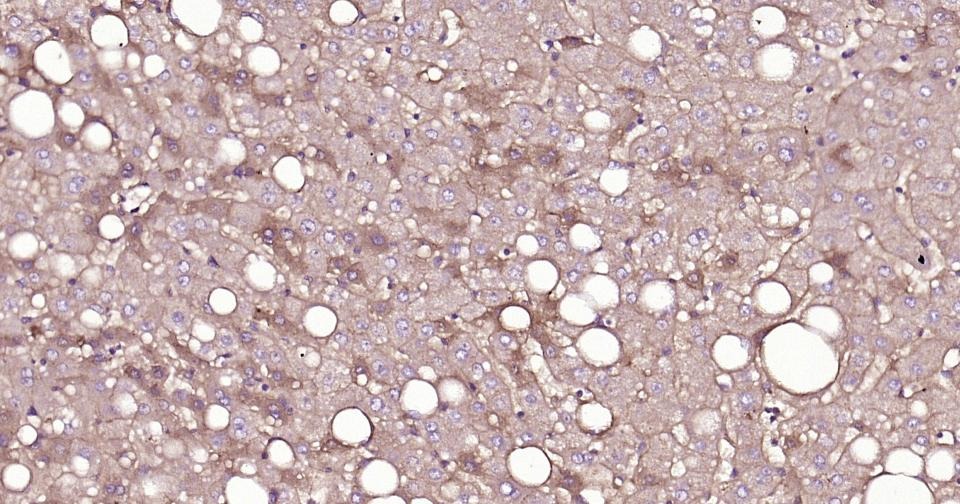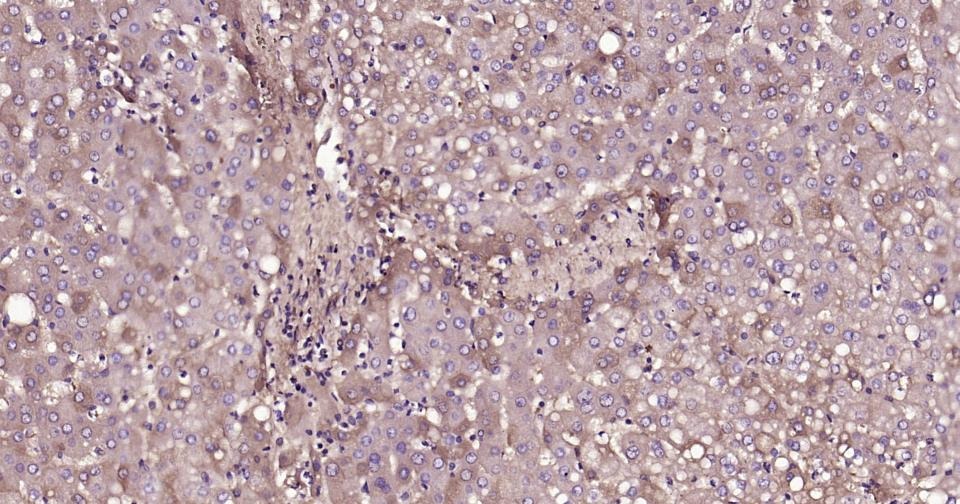Shopping Cart
- Remove All
 Your shopping cart is currently empty
Your shopping cart is currently empty
Anti-ox-LDL Polyclonal Antibody 2 is a Rabbit antibody targeting ox-LDL. Anti-ox-LDL Polyclonal Antibody 2 can be used in ICC/IF,IF,IHC-Fr,IHC-P.
| Pack Size | Price | Availability | Quantity |
|---|---|---|---|
| 50 μL | $221 | 7-10 days | |
| 100 μL | $372 | 7-10 days | |
| 200 μL | $527 | 7-10 days |
| Description | Anti-ox-LDL Polyclonal Antibody 2 is a Rabbit antibody targeting ox-LDL. Anti-ox-LDL Polyclonal Antibody 2 can be used in ICC/IF,IF,IHC-Fr,IHC-P. |
| Synonyms | ox-LDL: LDL(Copper oxidized), oxidized low density lipoprotein, MDA oxidized low density lipoprotein, MDA oxidized LDL, Low density lipoprotein, Cu2SO4 oxidized low density lipoprotein |
| Ig Type | IgG |
| Reactivity | Human (predicted:Mouse) |
| Verified Activity | 1. HepG2 cell; 4% Paraformaldehyde-fixed; Triton X-100 at room temperature for 20 min; Blocking buffer (normal goat serum) at 37°C for 20 min; Antibody incubation with (ox-LDL) polyclonal Antibody, Unconjugated (TMAB-01309) 1:100, 90 minutes at 37°C; followed by a conjugated Goat Anti-Rabbit IgG antibody at 37°C for 90 minutes, DAPI (blue) was used to stain the cell nucleus. 2. Paraformaldehyde-fixed, paraffin embedded Human Liver Cancer; Antigen retrieval by boiling in sodium citrate buffer (pH6.0) for 15 min; Antibody incubation with ox-LDL Polyclonal Antibody, Unconjugated (TMAB-01309) at 1:200 overnight at 4°C, followed by conjugation to the secondary antibody and DAB staining. 3. Paraformaldehyde-fixed, paraffin embedded Human Liver; Antigen retrieval by boiling in sodium citrate buffer (pH6.0) for 15 min; Antibody incubation with ox-LDL Polyclonal Antibody, Unconjugated (TMAB-01309) at 1:200 overnight at 4°C, followed by conjugation to the secondary antibody and DAB staining.    |
| Application | |
| Recommended Dose | IHC-P: 1:100-500; IHC-Fr: 1:100-500; ICC/IF: 1:100; IF: 1:100-500 |
| Antibody Type | Polyclonal |
| Host Species | Rabbit |
| Subcellular Localization | Secreted. |
| Construction | Polyclonal Antibody |
| Purification | Protein A purified |
| Appearance | Liquid |
| Formulation | 0.01M TBS (pH7.4) with 1% BSA, 0.02% Proclin300 and 50% Glycerol. |
| Concentration | 1 mg/mL |
| Research Background | Low-density lipoprotein (LDL) is the carrier protein for cholesterol in the blood. LDL binds to its receptor on the capillary walls and thereby mediates the uptake and clearence of cholesterol from the circulation. In atherosclerotic lesions oxidatively modified LDL is found and oxidized LDL is specifically recognized and ingested by macrophages via scavenger receptor A and CD36. Oxidized LDL may be a marker of atherosclerosis but the precise changes in oxidized LDL are not well described. Low-density lipoprotein oxidised with Cu2SO4. |
| Immunogen | Mouse Cu2+ oxidised low density lipoprotein |
| Antigen Species | Mouse |
| Protein Name | Mouse ox-LDL |
| Molecular Weight | Theoretical: 31 kDa. |
| Stability & Storage | Store at -20°C or -80°C for 12 months. Avoid repeated freeze-thaw cycles. |
| Transport | Shipping with blue ice. |

Copyright © 2015-2025 TargetMol Chemicals Inc. All Rights Reserved.